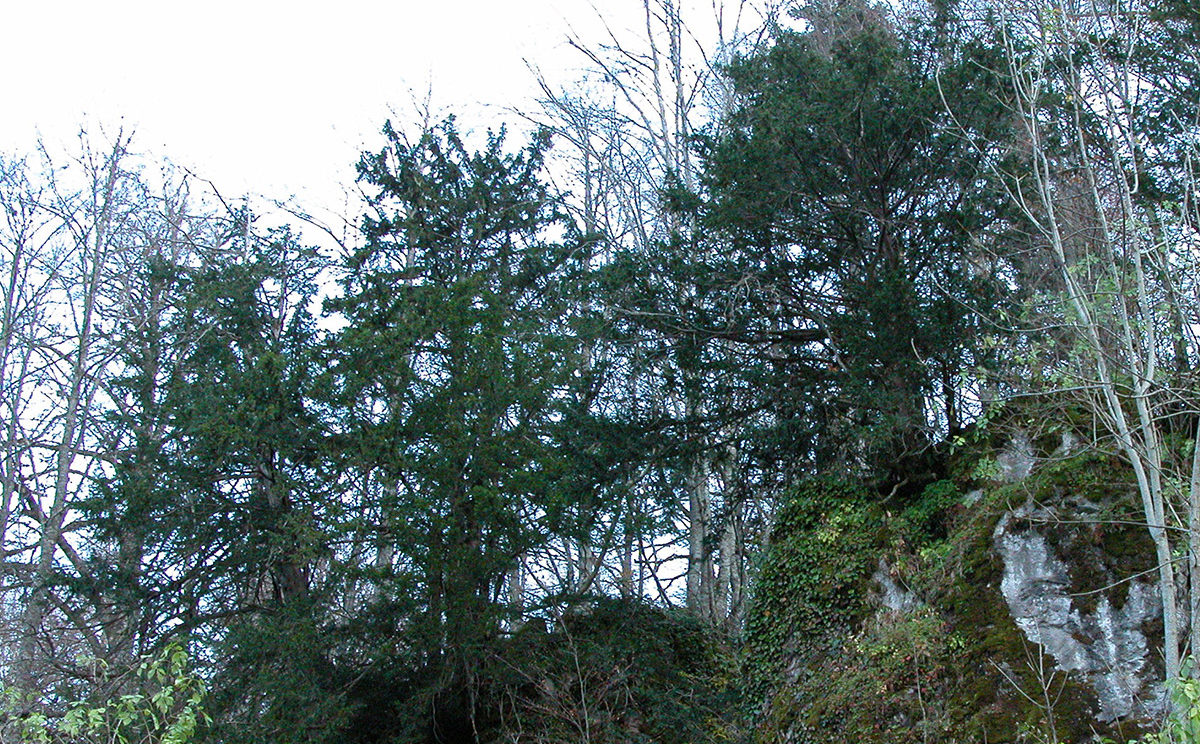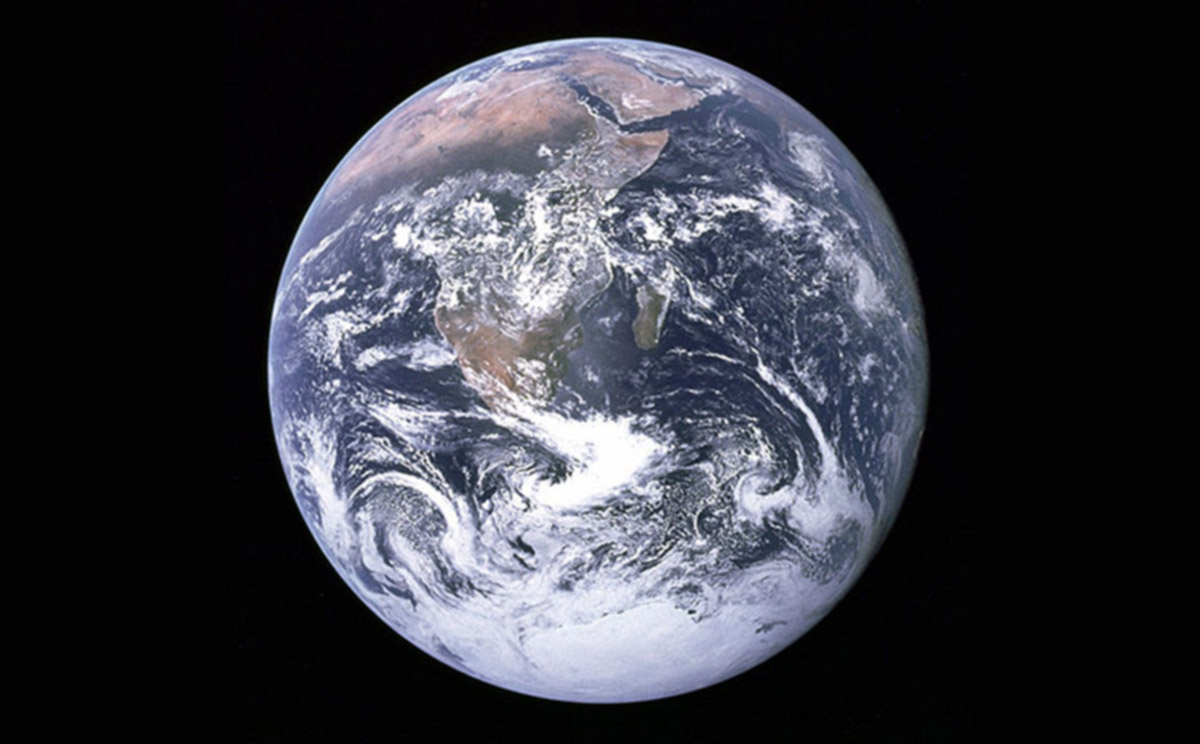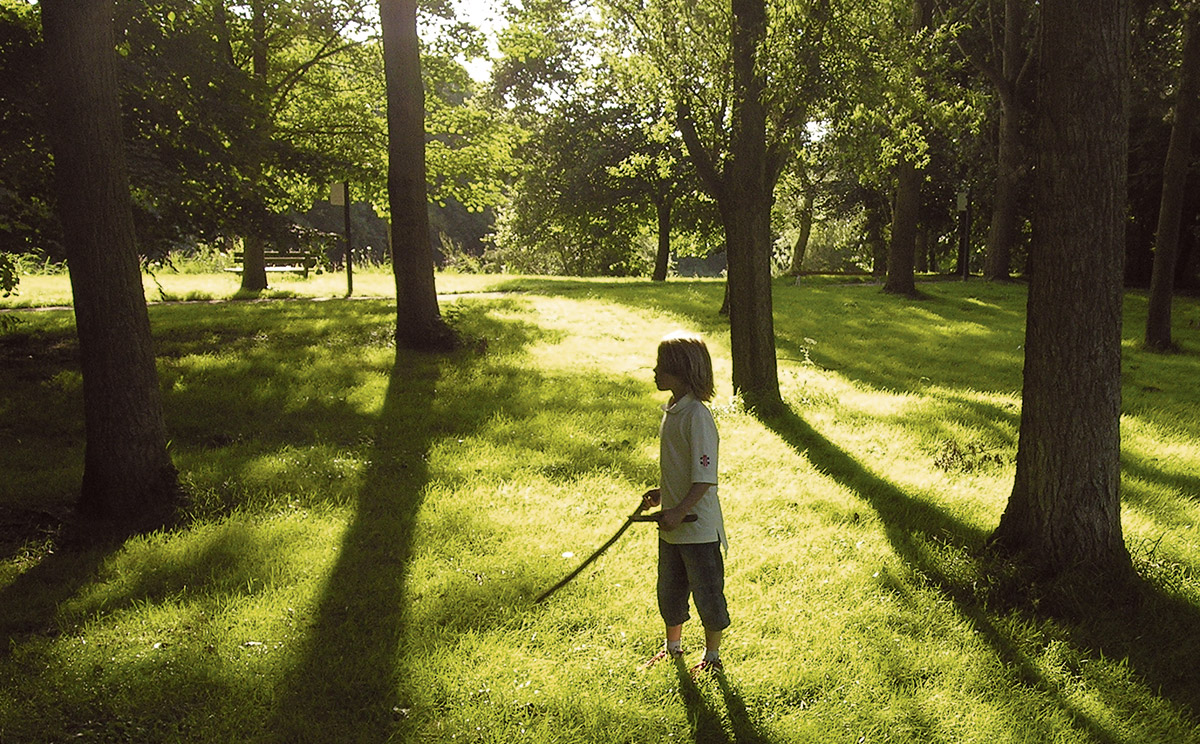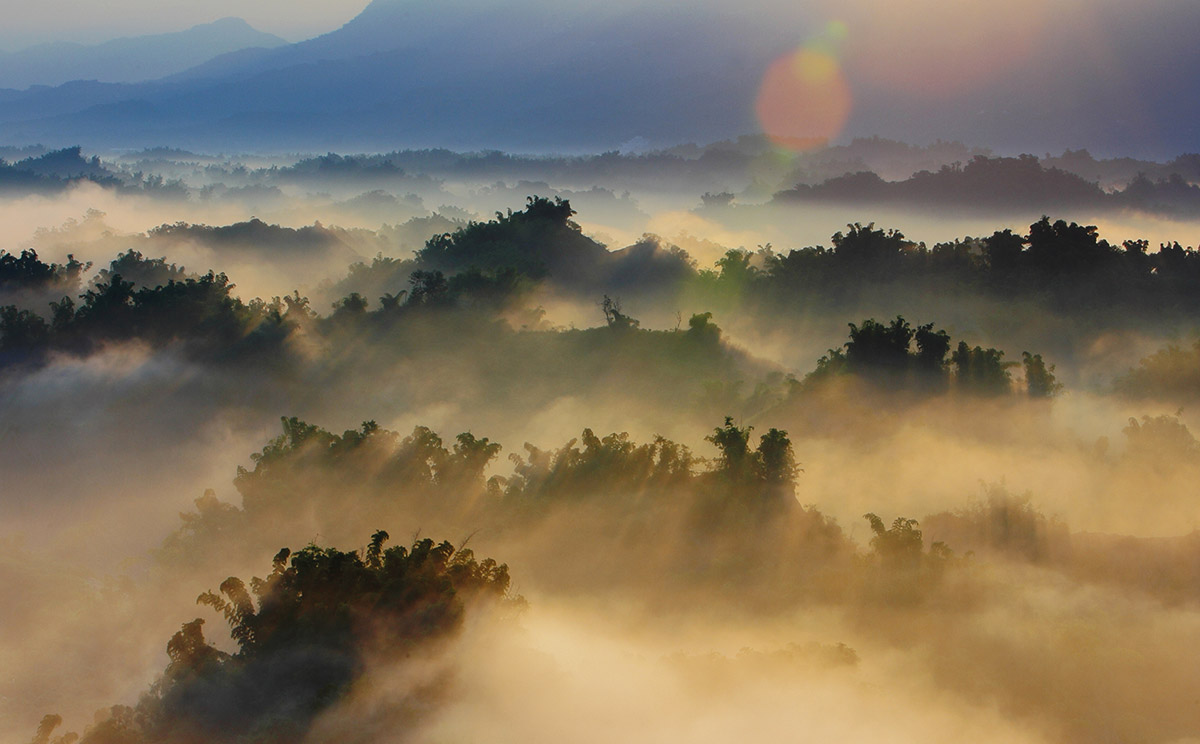The global forest situation 2005
Jan 2006
Since 1946, the UN’s Food and Agriculture Organisation (FAO) has regularly published its Global Forest Resources Assessment (FRA). FRA 2005 compares the 2005 data with those from 2000 and 1995. Here are some of the results.
Total forest
The total forest area was judged to be just under 4 billion hectares – 30 per cent of the total land area of the Earth. However, this is more than a little euphemistic, as the FAO defines a ‘forest area’ as being half an acre or more of land of which at least ten per cent is under tree cover. Thus, any small field with a hedge around becomes a forest! Indeed this is a major point of contention and international criticism of the FAO reports and should not be forgotten regarding the following numbers.

Deforestation continues at an alarming rate, about 13 million hectares per year. On the other hand, landscape restoration, forest planting and natural expansion has increased to about 5.7 million hectares, leaving the total forest area ‘net loss’ at 7.3 million hectares. Again, there is a hidden euphemism, as the destruction of (dense) primary, old-growth forest cannot just be offset against planting seedlings, creating commercial plantation or even using cloned plants. Africa and South America had the largest net loss of forests. Asia had a net gain, primarily due to large-scale reforestation in southeastern China.
Primary forests
On average, 36 per cent of the world’s forest area is still composed of primary forests, defined by FAO as ‘forests of native species where there are no clearly visible indications of human activities and where the ecological processes are not significantly disturbed’. The rapid decrease continued at some six million hectares annually from 2000 through to 2005.

Protective forests
About 348 million hectares (nine per cent of the total) provide protection, either from erosion, dropping of the groundwater table, drought, flooding, desertification, avalanches or even tsunamis.
Tree diversity
The biodiversity levels vary widely between regions – naturally, there are fewer species towards the poles and increasingly more towards the equator. Hence, there are three native tree species in Iceland but about 7,780 in Brazil.
In most regions, the ten most common species comprise more than 50 per cent of the total forest cover, the exceptions are the tropical forests.
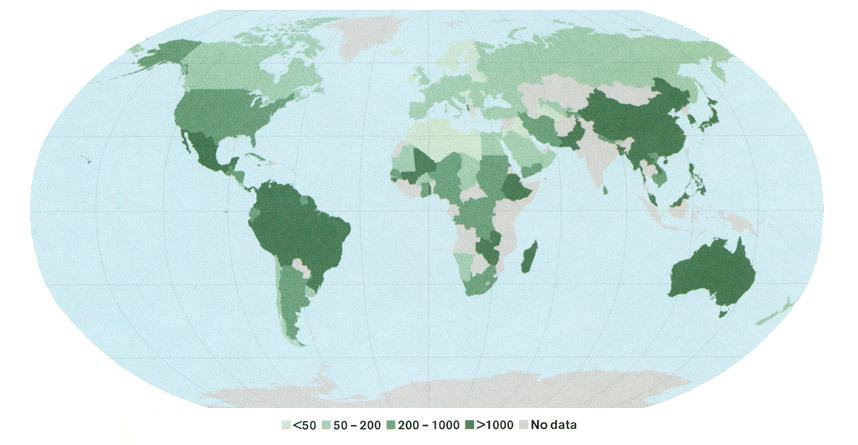
Conservation
In 2005, eleven per cent of the world’s forests were designated for the conservation of biological diversity, an increase by an estimated 96 million hectares since 1990. Conservation has been reported as one of the main targets in forest management plans for more than 25 per cent of the world’s forest area. If only illegal – and legal! – logging would show respect for the status of conservation areas!

